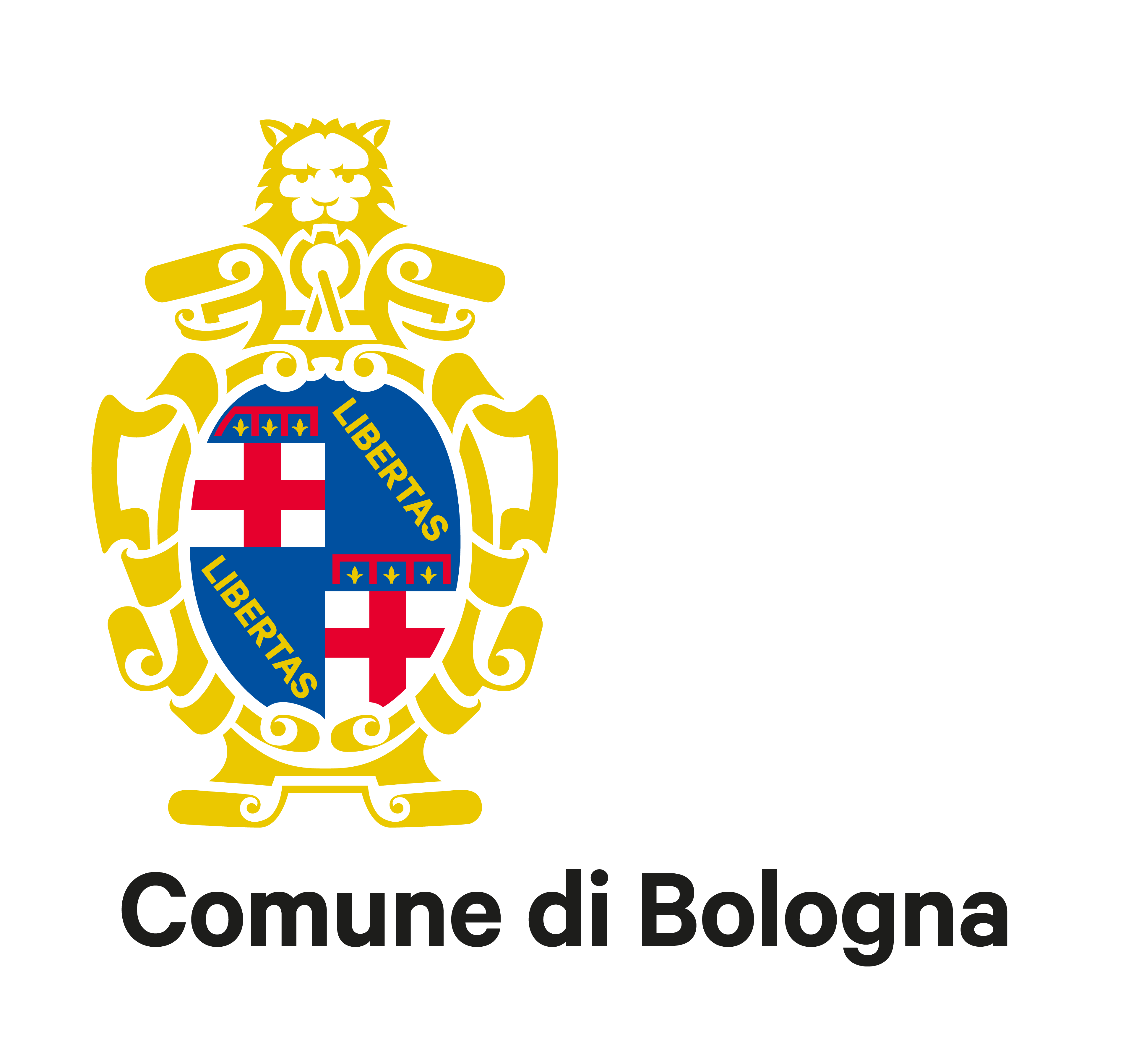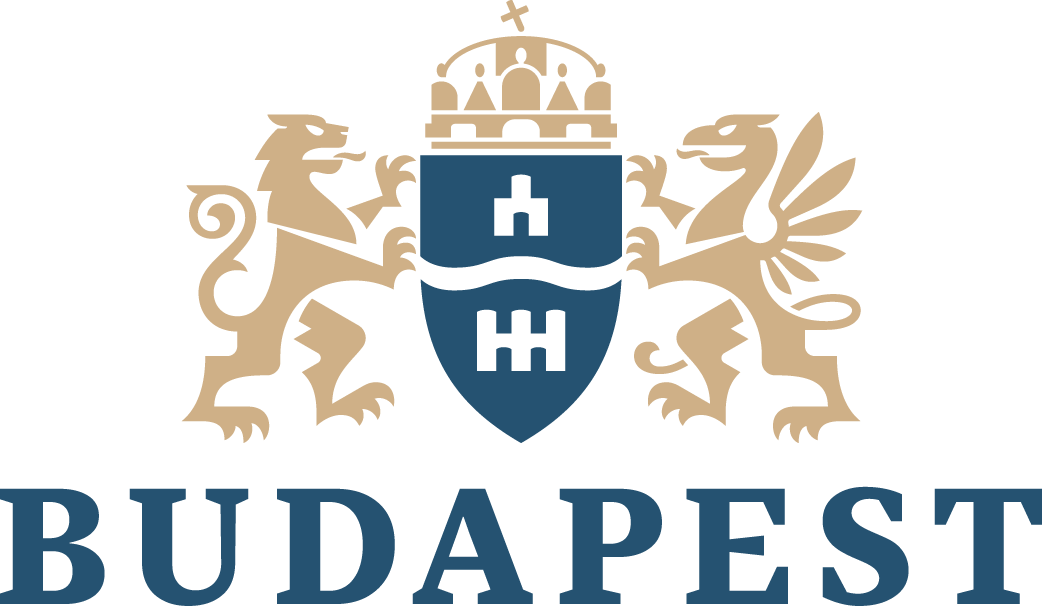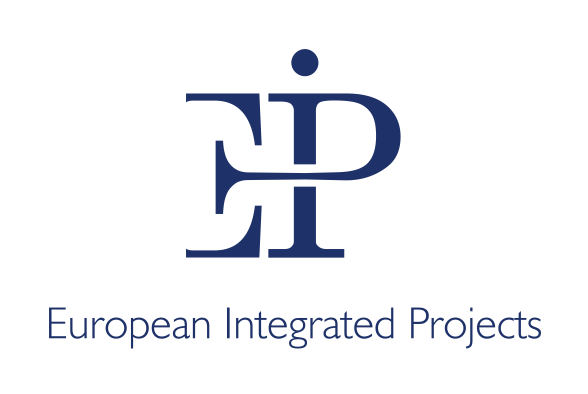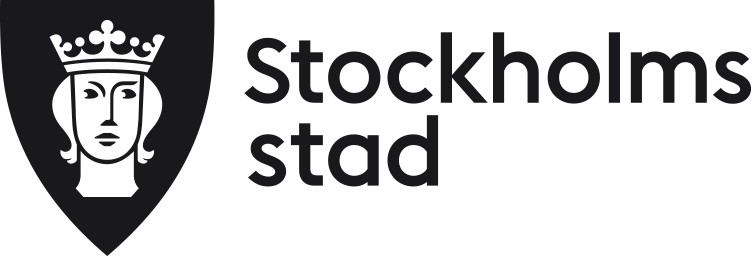
News
Are FastTrack cities ready to roll-out new innovations?
11 February 2022
Over the past several months, the FastTrack team has been working with its community of local areas to assess their ambitions, what success stories could inspire and help them, the barriers they face, and the topics they wish to explore to help them better ‘fast track’ their roll-out of mobility solutions. Initial findings from this needs assessment were shared back in September 2021, and updates are now available.
This “FastTrack Needs Assessment” engages the entire FastTrack Community of Ambassador Cities and Local Affiliates. This Community spans rural, peri-urban and urban municipalities, as well as metropolitan areas – for the sake of simplicity though, these are all referred to as “cities” in this article.
Updated results
FastTrack’s 24 cities from across Europe were engaged in online surveys and in-depth interviews to better understand their experiences and needs.
All of the cities demonstrated that they are experienced in sustainable mobility planning. Nearly all have Sustainable Urban Mobility Plans (SUMPs), and all have previously implemented innovative mobility solutions.
The cities are keen to learn from their past experiences implementing innovative solutions, and to build on these successes. Survey results indicate that they see three success factors as particularly important for quick roll-out of mobility innovations:
- Public, political, and professional acceptability;
- A clear trigger/motivation for change; and
- Capacity (skills, knowledge) of stakeholders involved.
Innovation Profiles
The FastTrack Needs Assessment is being used to create “Innovation Profiles” for each city. These profiles help visualise how prepared and ready each city is to roll-out new mobility innovations, taking into consideration that each area is unique and has its own characteristics, patterns, and organisational cultures.
FastTrack partner EIP developed a new framework to create these Innovation Profiles. The new assessment framework will help cities and researchers better understand particular city barriers, and how these can be eliminated or transformed into opportunities.
The framework was based on guidelines from the CREATE project, and specifically draws on their “8M approach”, which analyses the following attributes in a city: mood, motivation, mass, momentum, mechanisms, measures, methods, and money.
The new FastTrack framework fills a distinct gap. Evaluation frameworks are usually based on well-determined sets of quantitative indicators. While this is a valuable approach, using only quantitative indicators can make it hard to pinpoint the factors that are influencing these numbers.
FastTrack’s framework looks at the “8 Ms” to understand cities’ needs, and it illustrates cities’ readiness to deploy new innovations.
The diagrams below show the average Innovation Profile – first the average of all 24 cities, then the average of FastTrack’s four Ambassador Cities (Antwerp, Bologna, Budapest, Stockholm), and lastly the average of the 20 Local Affiliates.



Image (Pixabay) by "Wokandapix"
All news
Partners

This website is produced as part of the CIVITAS FastTrack Coordination and Support Action funded by the European Union Horizon 2020 research and innovation programme under grant agreement No 101006853. The sole responsibility for the content of this website lies with the FastTrack project and in no way reflects the views of the European Union.










